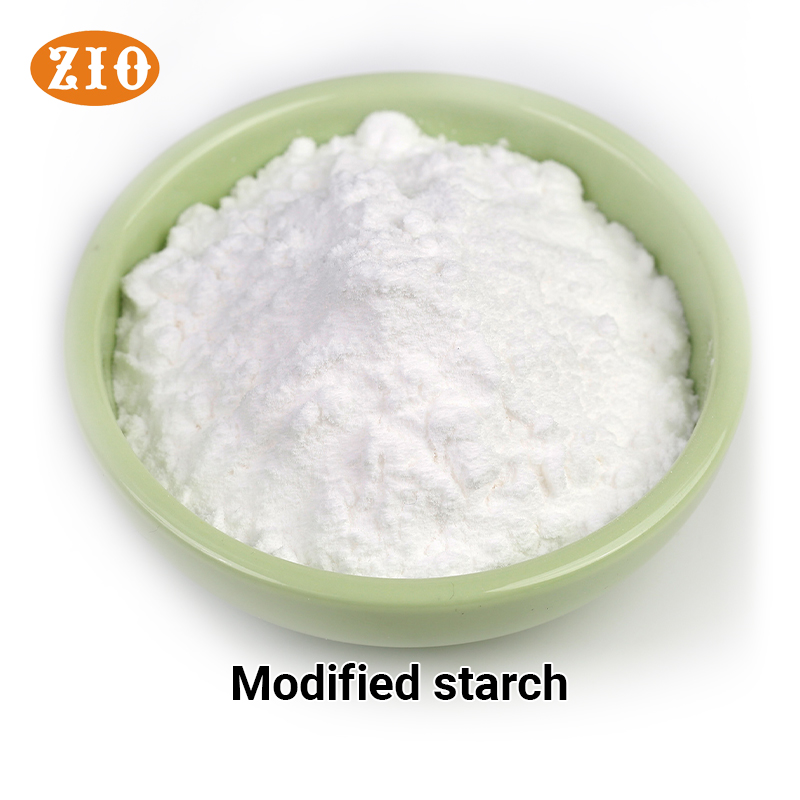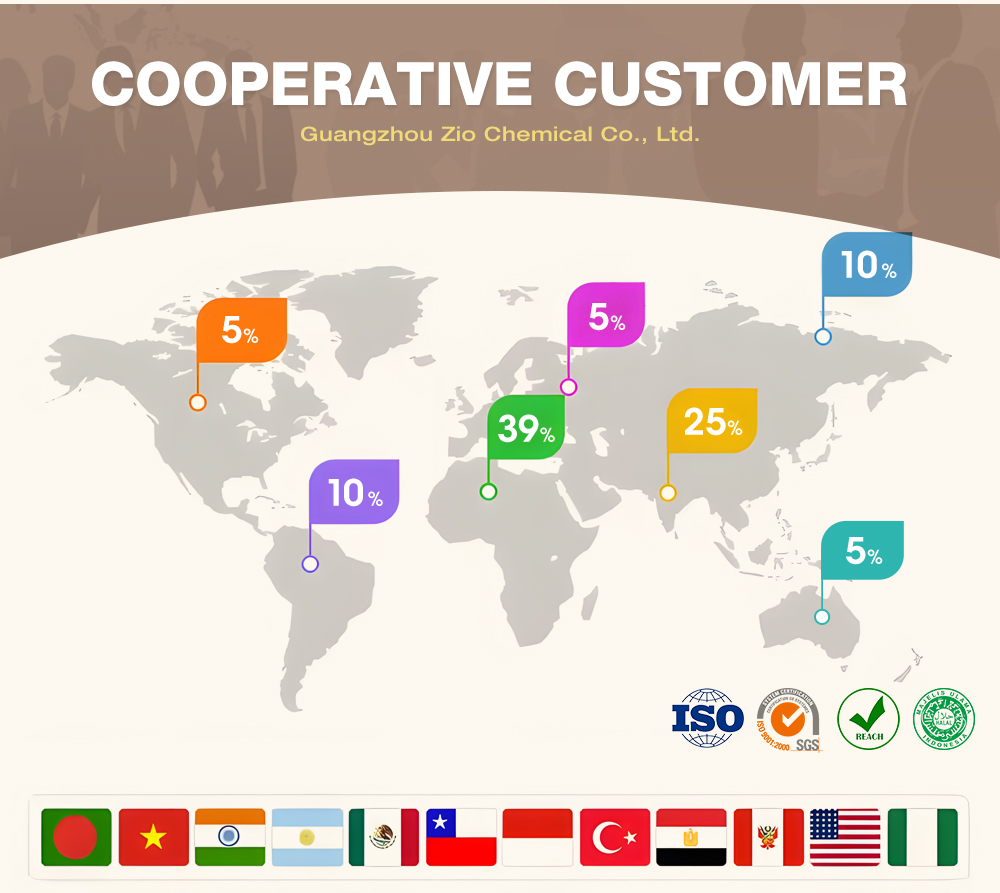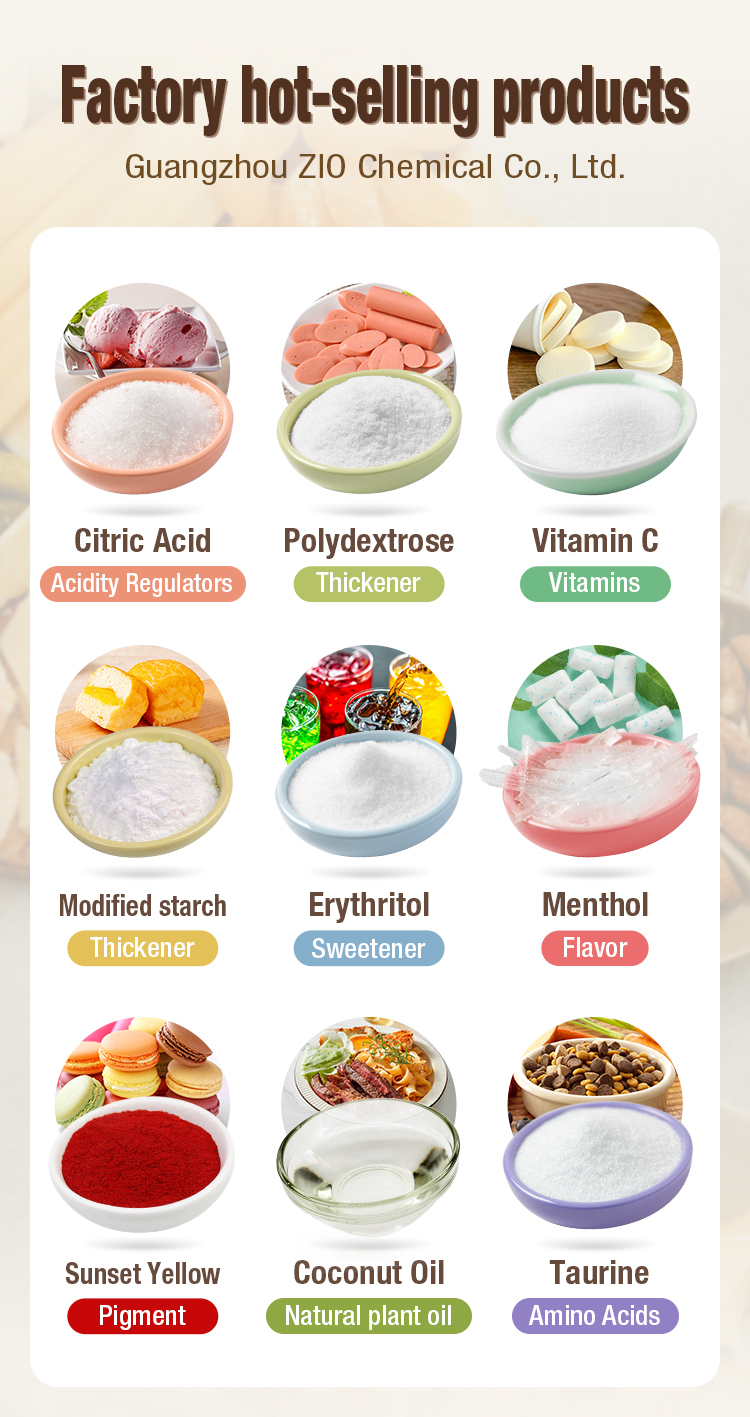| Availability: | |
|---|---|
| Quantity: | |











High-Purity Modified Starch (CAS No.: 9005-25-8) is a pregelatinized carbohydrate derived from non-GMO corn, potato, or tapioca. This white free-flowing powder has ≥99.5% starch content, moisture ≤ 12.0%, and pH 5.0–7.0 (10% aqueous solution). Compliant with FDA 21 CFR §172.892, EU Regulation (EC) No. 1139/2008, and GB 28303-2012, it offers instant solubility without cooking—saving production time by 50%.
Instant Hydration: Dissolves completely in cold water within 30 seconds, eliminating lumping and cooking steps required for native starch.
Freeze-Thaw Stability: Resists retrogradation, maintaining texture in frozen foods through 5 freeze-thaw cycles (native starch fails after 2 cycles).
Broad Compatibility: Works with acidic (pH 3.0) and alkaline (pH 9.0) systems, suitable for fruit fillings and bakery glazes.
Source Versatility: Corn-based (high viscosity), potato-based (high freeze stability), and tapioca-based (clear solutions) options for targeted applications.
Cost-Effective: 30% lower cost than pregelatinized wheat starch with equivalent functionality.
Bakery Goods: Added at 3%–8% in cake mixes and muffin batters. Improves crumb softness and extends freshness by 3–5 days.
Frozen Foods: Incorporated at 5%–10% in frozen pizzas and pot pies. Prevents sauce separation and crust sogginess during thawing.
Instant Beverages: Used at 2%–4% in hot chocolate and smoothie mixes. Creates creamy texture without sedimentation.
Meat Products: Mixed at 4%–6% in meatballs and nuggets. Binds ingredients and reduces cooking loss by 15%.

Q: What’s the difference between corn, potato, and tapioca modified starch?
A: Corn starch (viscosity 1500–2000 cP) for baked goods; potato starch (freeze-thaw stable) for frozen foods; tapioca starch (transmittance ≥90%) for clear sauces.
Q: Can it replace wheat starch in gluten-free recipes?
A: Yes. Tapioca-based modified starch mimics wheat starch’s texture in gluten-free bread, with 92% consumer acceptance in blind taste tests.
Q: What’s the shelf life and storage requirement?
A: Store in airtight containers at 20°C–25°C, humidity ≤ 65%. Shelf life: 18 months for corn/potato starch; 24 months for tapioca starch.
High-Purity Modified Starch (CAS No.: 9005-25-8) is a pregelatinized carbohydrate derived from non-GMO corn, potato, or tapioca. This white free-flowing powder has ≥99.5% starch content, moisture ≤ 12.0%, and pH 5.0–7.0 (10% aqueous solution). Compliant with FDA 21 CFR §172.892, EU Regulation (EC) No. 1139/2008, and GB 28303-2012, it offers instant solubility without cooking—saving production time by 50%.
Instant Hydration: Dissolves completely in cold water within 30 seconds, eliminating lumping and cooking steps required for native starch.
Freeze-Thaw Stability: Resists retrogradation, maintaining texture in frozen foods through 5 freeze-thaw cycles (native starch fails after 2 cycles).
Broad Compatibility: Works with acidic (pH 3.0) and alkaline (pH 9.0) systems, suitable for fruit fillings and bakery glazes.
Source Versatility: Corn-based (high viscosity), potato-based (high freeze stability), and tapioca-based (clear solutions) options for targeted applications.
Cost-Effective: 30% lower cost than pregelatinized wheat starch with equivalent functionality.
Bakery Goods: Added at 3%–8% in cake mixes and muffin batters. Improves crumb softness and extends freshness by 3–5 days.
Frozen Foods: Incorporated at 5%–10% in frozen pizzas and pot pies. Prevents sauce separation and crust sogginess during thawing.
Instant Beverages: Used at 2%–4% in hot chocolate and smoothie mixes. Creates creamy texture without sedimentation.
Meat Products: Mixed at 4%–6% in meatballs and nuggets. Binds ingredients and reduces cooking loss by 15%.

Q: What’s the difference between corn, potato, and tapioca modified starch?
A: Corn starch (viscosity 1500–2000 cP) for baked goods; potato starch (freeze-thaw stable) for frozen foods; tapioca starch (transmittance ≥90%) for clear sauces.
Q: Can it replace wheat starch in gluten-free recipes?
A: Yes. Tapioca-based modified starch mimics wheat starch’s texture in gluten-free bread, with 92% consumer acceptance in blind taste tests.
Q: What’s the shelf life and storage requirement?
A: Store in airtight containers at 20°C–25°C, humidity ≤ 65%. Shelf life: 18 months for corn/potato starch; 24 months for tapioca starch.


To improve the performance of starch and expand its application scope, physical, chemical or enzymatic treatments are utilized to introduce new functional groups onto starch molecules or to alter the size of starch molecules and the properties of starch particles, thereby changing the natural characteristics of starch (such as: The gelatinization temperature, thermal viscosity and its stability, freeze-thaw stability, gel strength, film-forming property, transparency, etc. are taken into account to make it more suitable for the requirements of certain applications. This kind of starch that has undergone secondary processing and changed its properties is collectively referred to as modified starch.












To improve the performance of starch and expand its application scope, physical, chemical or enzymatic treatments are utilized to introduce new functional groups onto starch molecules or to alter the size of starch molecules and the properties of starch particles, thereby changing the natural characteristics of starch (such as: The gelatinization temperature, thermal viscosity and its stability, freeze-thaw stability, gel strength, film-forming property, transparency, etc. are taken into account to make it more suitable for the requirements of certain applications. This kind of starch that has undergone secondary processing and changed its properties is collectively referred to as modified starch.











